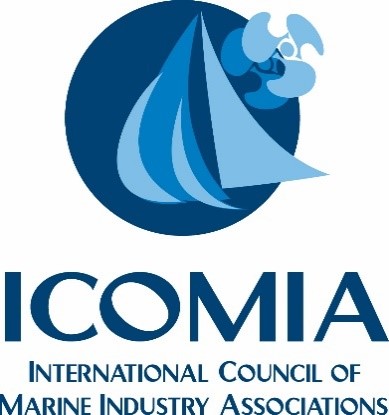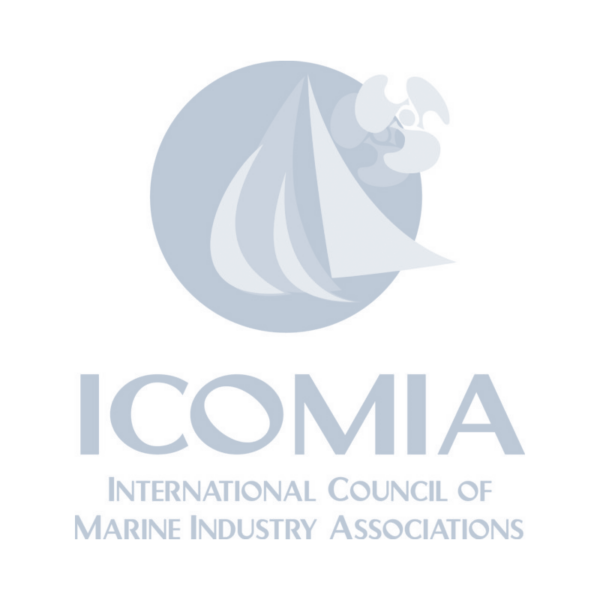Description
Due to demand from the small craft industry an initiative was started in 2008 with the help of various sponsors to harmonise the approach of ISO and ABYC Standards (including others such as the Australian and Canadian Standards). The objective of this Standards Harmonization Initiative was to achieve one globally accepted specification for use by all stakeholders by identifying the applicable standards and/or regulations which affect stakeholders and prioritizing the standards or ‘topics’ to be addressed. Meaningful differences within the ISO and ABYC Standards have been tabulated and published as the ICOMIA Global Conformity Guidelines. These have proved to be invaluable for boat builders attaining conformity in the USA and European markets. During 2014 and 2015 all nine existing topics have been under review and the additional requirements amended to include the latest editions of both standards. (1.) Fuel Systems July 2014 Ed 5. (2.) LPG Systems Oct 2015 Ed 4. (3.) Electrical Systems Dec 2015 Ed 4. (4.) Windows, Portlights & Hatches Sep 2015 Ed 2. (5.) Powering July 2015 Ed 3. (6.) Man Overboard Prevention Dec 2014 Ed 2. (7.) Capacity Label Sep 2014 Ed 3. (8.) Ventilation Aug 2014 Ed 2. (9.) Field of Vision Nov 2014 Ed 2. The creators of these documents assume the users’ familiarity with either the ABYC or ISO standards. These documents neither replace nor guarantee compliance to either the ABYC or ISO standards. Proposals for additional topics or standards to be considered as well as any queries can be emailed to patrick@icomia.com

